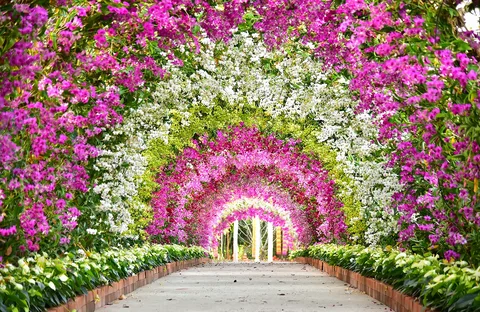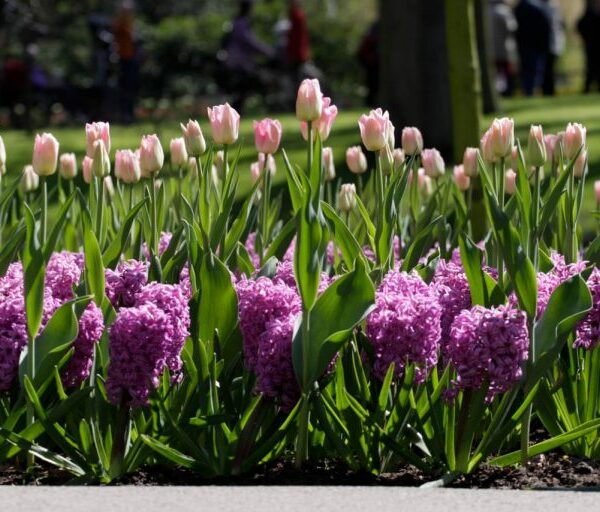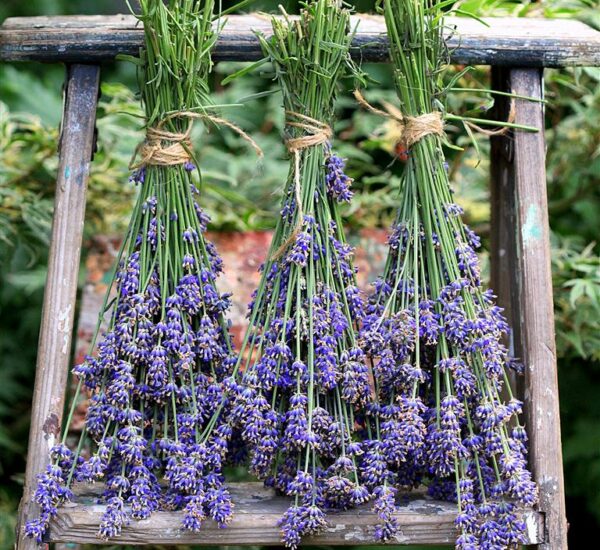Butterfly Bush, scientifically known as Buddleja davidii, is a magnificent shrub that attracts butterflies and other pollinators to your garden. Growing this plant successfully requires careful attention to its specific needs. In this expert guide, we’ll provide comprehensive instructions on how to grow Butterfly Bush, referencing information from reputable government bodies, horticultural organizations, and academic experts.
Introduction to Butterfly Bush
The Butterfly Bush is a deciduous shrub known for its long, graceful flower spikes and its ability to attract various pollinators, especially butterflies. Understanding its characteristics and growth requirements is essential for successful cultivation.
Selecting the Right Butterfly Bush Variety
Consult local horticultural experts or the United States Department of Agriculture (USDA) plant hardiness zone map to determine the Butterfly Bush varieties suitable for your region. Varieties come in various colors and sizes.
Choosing the Ideal Planting Location
Butterfly Bushes thrive in full sun and well-drained soil. Select a planting location with at least 6 to 8 hours of direct sunlight daily. Ensure the soil is well-drained and of moderate fertility.
Planting Butterfly Bush
Follow these steps when planting Butterfly Bush:
Timing
Plant in the spring or early fall to allow the shrub to establish itself before blooming.
Spacing
Space multiple Butterfly Bushes at least 4 to 10 feet apart, depending on the variety.
Watering
Water the shrub well after planting, and keep the soil consistently moist during the first growing season to aid establishment.
Proper Care and Maintenance
To ensure the healthy growth of Butterfly Bush:
Pruning
Regularly prune in late winter or early spring to remove dead or weak growth, as well as spent flower spikes. This encourages new blooms and maintains the plant’s shape.
Fertilization
Apply a balanced, slow-release fertilizer in early spring to support growth and flowering.
Pest and Disease Management
Butterfly Bushes are relatively pest-resistant, but they can occasionally face issues like spider mites or powdery mildew. Consult the National Plant Board and the American Horticultural Society for guidance on identifying and managing potential issues.
Attracting and Caring for Pollinators
To maximize the Butterfly Bush’s appeal to butterflies and other pollinators, maintain a pesticide-free garden, providing a nectar-rich environment. Additionally, keep the Butterfly Bush well-watered during dry periods to support nectar production.
Resources for Further Information
For comprehensive knowledge and expert advice on growing Butterfly Bush, explore resources from horticultural experts and institutions, such as:
United States Department of Agriculture (USDA)
www.usda.gov
Agricultural Cooperative Extension
Contact your local extension office for personalized guidance and resources.
What is a Butterfly Bush, and why is it called a “butterfly” bush?
A Butterfly Bush (Buddleja davidii) is a shrub known for its long, colorful flower spikes that attract butterflies and other pollinators, earning it the nickname “butterfly” bush.
How do I choose the right Butterfly Bush variety for my region and garden?
Consult local horticultural experts or the USDA plant hardiness zone map to select Butterfly Bush varieties suitable for your area, considering their colors and sizes.
What are the sunlight and soil requirements for Butterfly Bush cultivation?
Butterfly Bushes thrive in full sun, requiring at least 6 to 8 hours of direct sunlight daily. They prefer well-drained soil of moderate fertility.
When is the best time to plant Butterfly Bush, and how should I space them?
Plant Butterfly Bushes in the spring or early fall to allow for establishment before blooming. Space them at least 4 to 10 feet apart, depending on the variety.
What is the recommended watering schedule for Butterfly Bush, especially during the first year?
Water the shrub well after planting and keep the soil consistently moist during the first growing season to aid in establishment.
How should I prune and maintain Butterfly Bush for optimal growth and blooming?
Regularly prune in late winter or early spring to remove dead or weak growth and spent flower spikes. This encourages new blooms and maintains the plant’s shape.
Are there common pests and diseases that affect Butterfly Bush, and how can I manage them?
Butterfly Bushes are relatively pest-resistant but may occasionally face issues like spider mites or powdery mildew. Consult resources from the National Plant Board and the American Horticultural Society for management tips.
How can I maximize Butterfly Bush’s appeal to pollinators, especially butterflies?
To attract butterflies and other pollinators, maintain a pesticide-free garden and provide a nectar-rich environment. Keep the Butterfly Bush well-watered during dry periods to support nectar production.
Can I grow Butterfly Bush in containers or small spaces, or is it best suited for larger gardens?
Butterfly Bushes can be grown in containers if you choose smaller varieties and provide well-draining soil. However, they are often best suited for larger gardens due to their potential size.
Where can I find more information and expert resources on growing Butterfly Bush (Buddleja davidii)?
Explore resources from the USDA and consult your local Agricultural Cooperative Extension for personalized guidance and horticultural expertise on cultivating Butterfly Bush.
- Best THC Sodas to Buy in Arkansas - May 28, 2025
- Exploring THC-Infused Sodas in Arkansas - May 28, 2025
- THC Beverages Now Trending in Alabama - May 28, 2025




